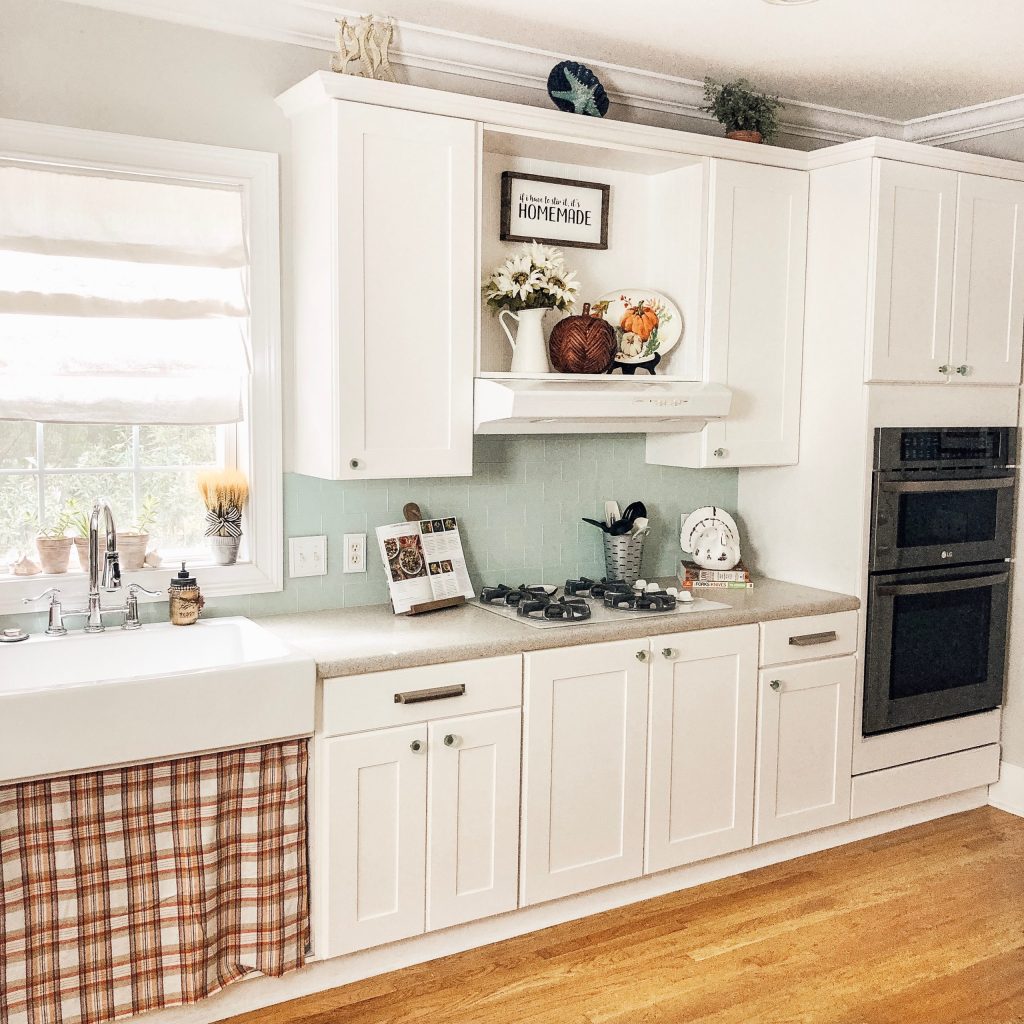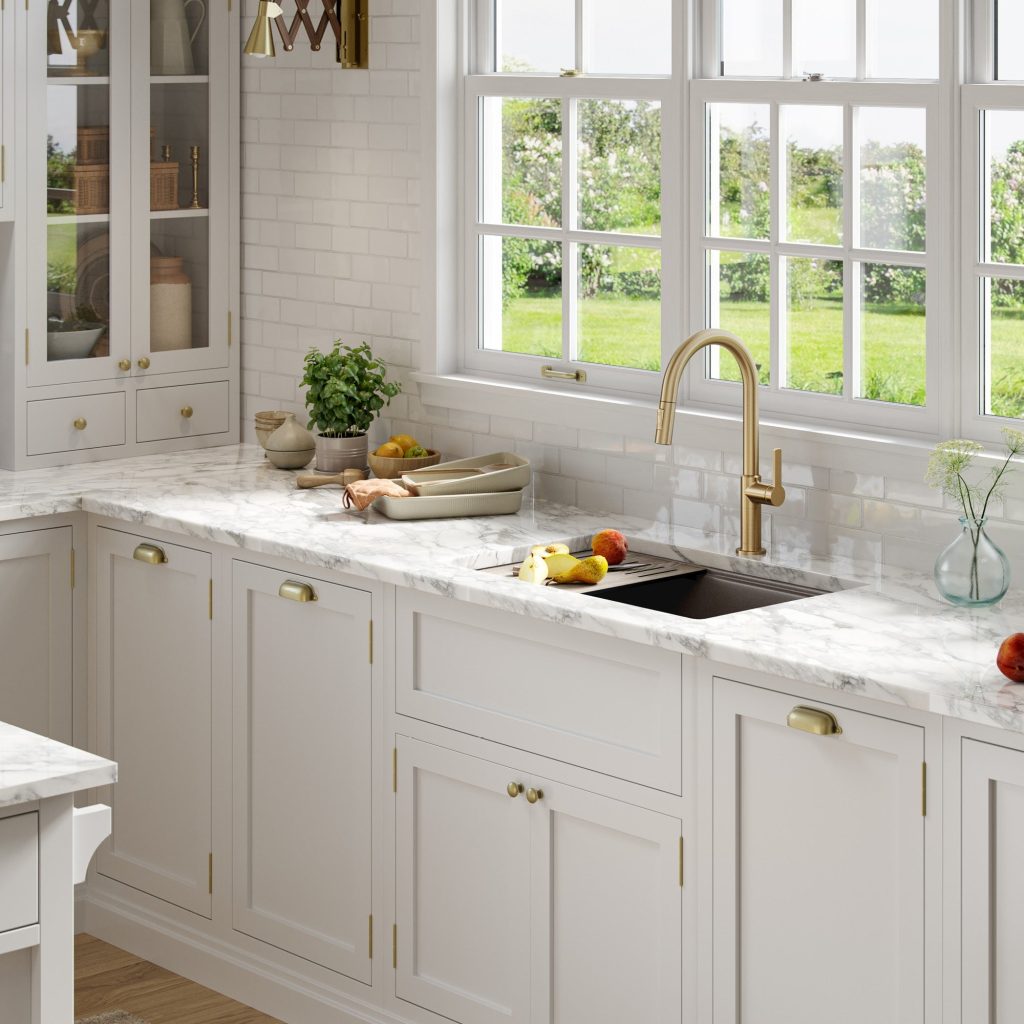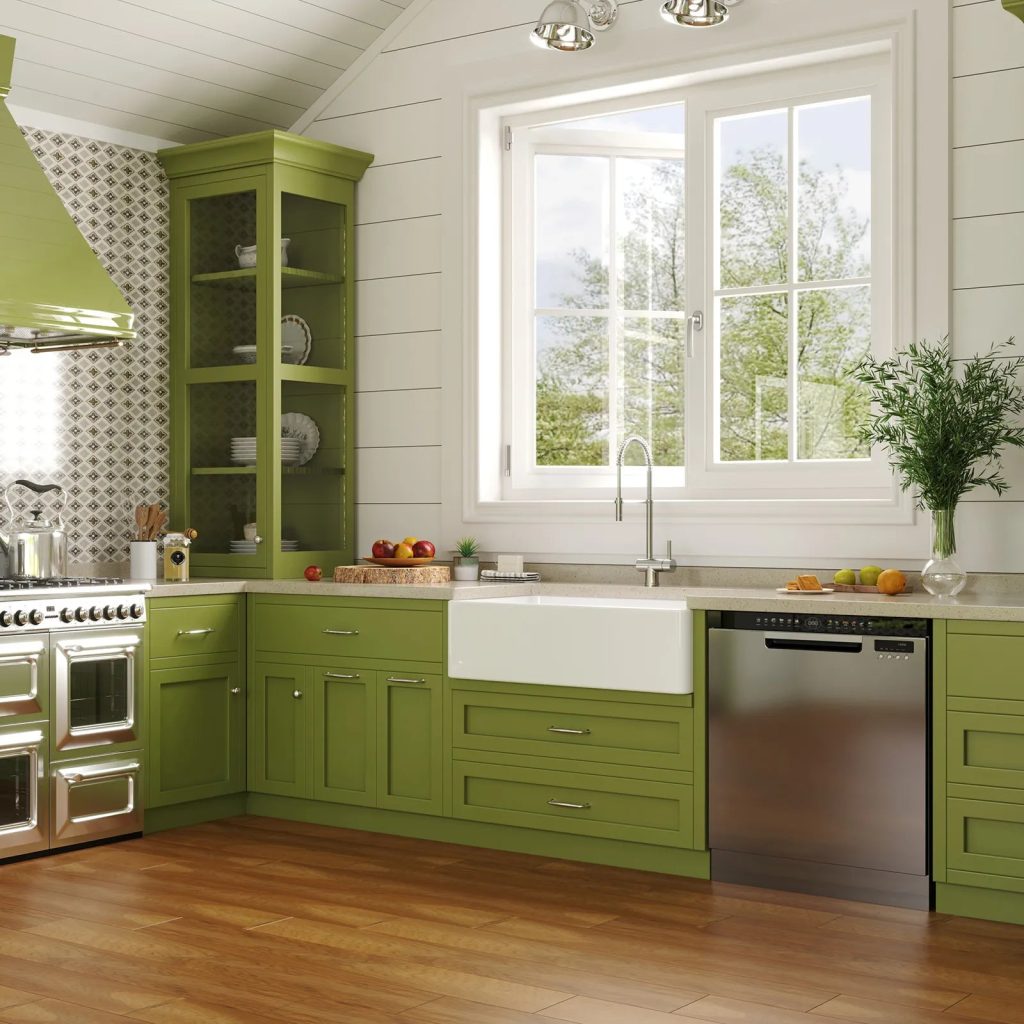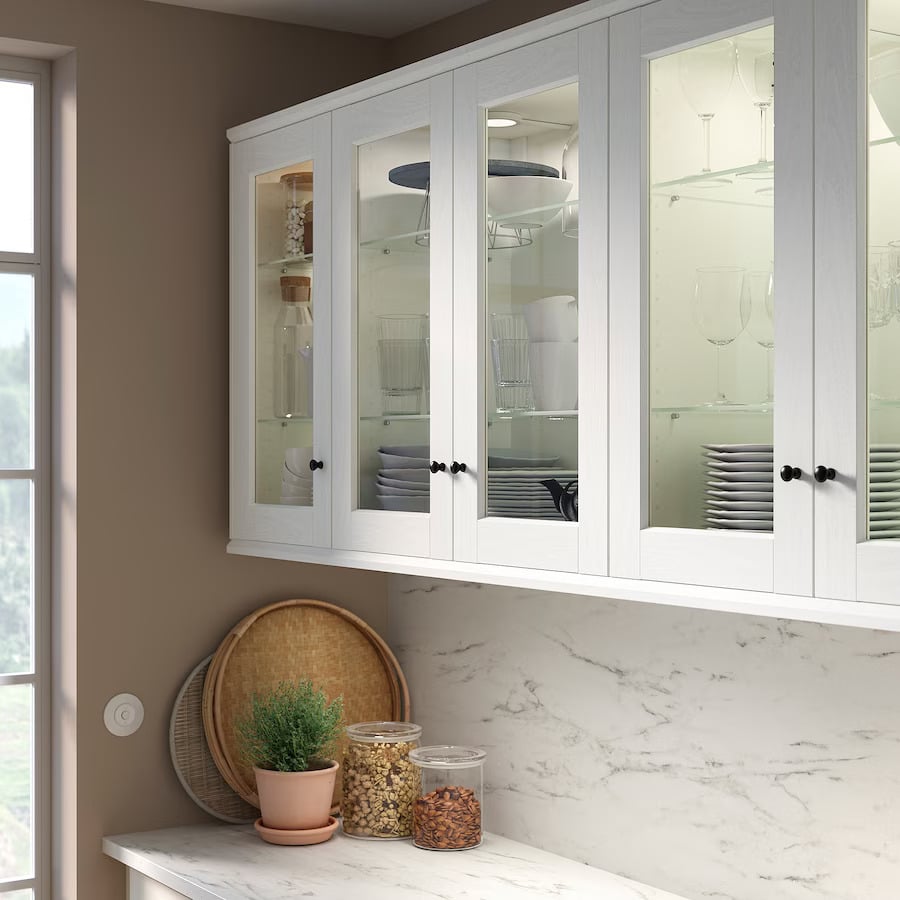Updating the look of your kitchen can be as simple as replacing the diy kitchen cabinet doors. This DIY project can bring a fresh, new look to your kitchen without the hefty price tag of a complete cabinet replacement. In this guide, we will walk you through the step-by-step process of making your own kitchen cabinet doors, allowing you to customize the look and style to perfectly suit your taste.

Materials Needed
Before we get started, it’s important to gather all the necessary materials for this DIY project. Here’s what you’ll need:
- Plywood or MDF (medium-density fiberboard)
- Saw
- Sandpaper
- Wood glue
- Clamps
- Router
- Router bits
- Hinges
- Screws
- Drill
- Paint or stain
- Paintbrushes
Once you have all the materials ready, you can start the process of making your own kitchen cabinet doors.
Choosing the Right Material
The first step in making your DIY kitchen cabinet doors is to choose the right material. Plywood and MDF are popular choices for cabinet doors due to their durability and ease of manipulation. Plywood is a strong and stable material, while MDF is smooth and easy to paint or stain. Consider the look and feel you want for your kitchen and choose the material that best suits your needs.
Measuring and Cutting
Once you have the materials, you’ll need to measure the dimensions of your cabinet openings in order to cut the plywood or MDF to the correct size. Use a saw to carefully cut the material into the desired dimensions, ensuring that the edges are clean and straight. It’s important to measure accurately and double-check your measurements before cutting to avoid any mistakes.
Adding Decorative Details
If you want to add decorative details to your cabinet doors, now is the time to do so. You can use a router with different bits to create designs such as grooves, bevels, or raised panels. This step allows you to customize the look of your cabinet doors and add a personal touch to your kitchen.
Assembling the Doors
Once you have the material cut to size and any decorative details added, it’s time to assemble the cabinet doors. Apply wood glue to the edges of the pieces and use clamps to hold them together while the glue dries. Make sure the edges are aligned properly to ensure a seamless finish. Once the glue has dried, sand the edges to smooth out any rough spots.

Installing Hinges
With the cabinet doors assembled, you can now install the hinges. Measure and mark the placement of the hinges on the cabinet frame and the door, then use a drill to create pilot holes for the screws. Attach the hinges to the door first, then to the cabinet frame, ensuring that the doors open and close smoothly.
Finishing Touches
The final steps in making your DIY kitchen cabinet doors involve adding the finishing touches. Sand the doors to remove any rough edges and ensure a smooth surface, then apply a coat of paint or stain in the color of your choice. Allow the paint or stain to dry completely before attaching the doors to the cabinets.
How to clean kitchen cabinet doors
Kitchen cabinet doors can quickly accumulate grime, grease, and fingerprints, making them look dull and dirty. Regular cleaning not only keeps your kitchen looking its best, but it also helps to maintain the quality and longevity of your cabinet doors. With the right tools and techniques, cleaning your kitchen cabinet doors can be a quick and easy task.
Gathering the Necessary Supplies
Before you begin cleaning your kitchen cabinet doors, it’s important to gather all the necessary supplies. You will need:
- A mild dish soap or a specialized cabinet cleaner
- Warm water
- Microfiber cloths or soft sponges
- White vinegar or rubbing alcohol (optional)
- Baking soda (optional)
- Lemon juice (optional)
- Olive oil or furniture polish (optional)
Once you have all the supplies ready, you can proceed with the cleaning process.
Regular Cleaning Routine
The first step to keeping your kitchen cabinet doors clean is to establish a regular cleaning routine. Depending on the level of use and the amount of cooking that takes place in your kitchen, you may need to clean your cabinet doors once a week or every other week. Consistent cleaning will prevent grime and grease from building up and becoming more difficult to remove.

How to Clean Painted Cabinet Doors
If your kitchen cabinet doors are painted, it’s important to use gentle cleaning methods to avoid damaging the paint. Here’s a step-by-step guide for cleaning painted cabinet doors:
- Fill a bucket with warm water and add a small amount of mild dish soap.
- Dip a microfiber cloth or soft sponge into the soapy water and wring out any excess.
- Gently wipe down the painted cabinet doors, using a circular motion to remove any grime or fingerprints.
- Rinse the cloth or sponge in clean water and go over the doors again to remove any soap residue.
- Dry the cabinet doors with a clean microfiber cloth.
For stubborn stains or heavy build-up, you can add a small amount of white vinegar or rubbing alcohol to the soapy water. These ingredients will help to break down grease and grime without causing damage to the paint.
How to Clean Wooden Cabinet Doors
Wooden cabinet doors require a slightly different cleaning approach to ensure that they are properly cared for. Here’s how to clean wooden cabinet doors:
- Mix a solution of warm water and mild dish soap in a bucket.
- Dip a microfiber cloth or soft sponge into the soapy water and wring out any excess.
- Gently wipe down the wooden cabinet doors, following the direction of the wood grain to prevent scratching.
- For any stubborn stains or grease build-up, make a paste of baking soda and water and apply it to the affected areas. Let it sit for a few minutes before rinsing it off with a clean, damp cloth.
- Dry the cabinet doors with a clean microfiber cloth to prevent water damage to the wood.
To add shine and protection to wooden cabinet doors, you can apply a small amount of olive oil or furniture polish after cleaning. Simply dab a soft cloth with the oil or polish and gently buff the cabinet doors in the direction of the wood grain.
Maintaining Cabinet Door Hardware
In addition to cleaning the cabinet doors themselves, it’s important to pay attention to the hardware, such as knobs and handles. Over time, these can also become dirty and greasy, and need to be cleaned regularly. To clean cabinet door knobs and handles, remove them from the doors and soak them in warm, soapy water. Use a soft-bristled brush to scrub away any grime, and then rinse them thoroughly before drying with a clean cloth.
Regular cleaning of your kitchen cabinet doors is essential for maintaining their appearance and condition. By using the right cleaning methods and supplies, you can keep your cabinet doors looking clean and fresh for years to come. Whether your cabinet doors are painted or wooden, following the steps outlined in this article will help you achieve a sparkling and streak-free finish.

Conclusion
Making your own kitchen cabinet doors is a cost-effective way to update the look of your kitchen while adding a personal touch to your home. With the right materials and a bit of patience, you can create custom cabinet doors that perfectly fit your style and preferences. Follow this step-by-step guide to tackle this DIY project and enjoy the satisfaction of transforming your kitchen with your own handcrafted cabinet doors.
